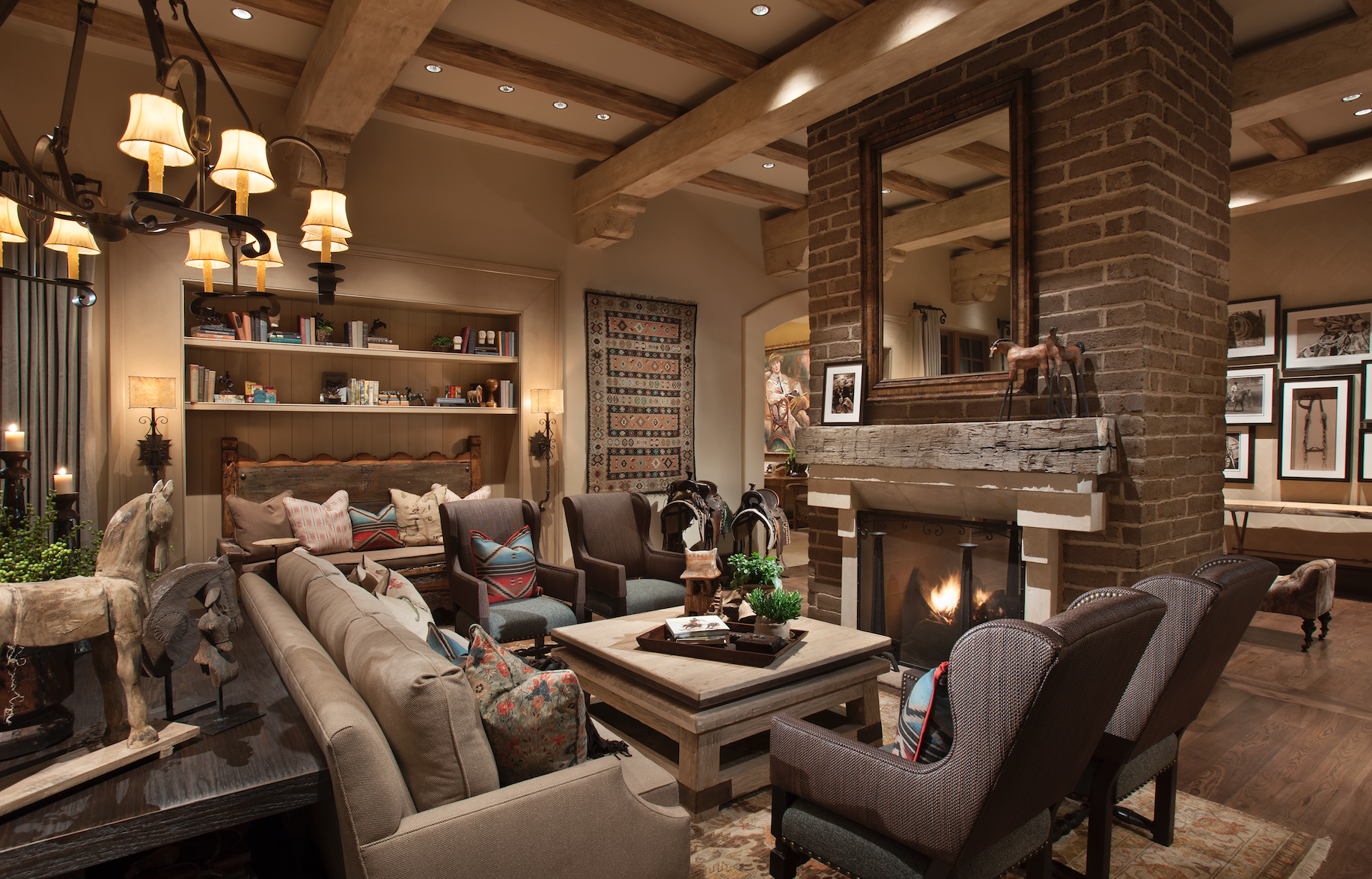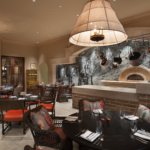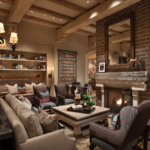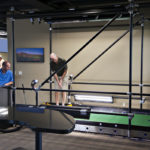Not Your Father’s Country Club

Writer Shannon Severson
Photography Courtesy of PHX Architecture
[dropcap]”T[/dropcap]he biggest changes clubs are making is centered on more fun and fewer rules.”
Starched white tablecloths, jackets and ties, dresses and heels, golf—and only golf … the idea of a country club conjures visions of formality. But clubs today are undergoing big changes to entice a new generation of members who have very different priorities.
Erik Peterson, award-winning founder and president of PHX Architecture is often the man who clubs and resorts across the West turn to when they need to renew and refine their vision for the future.
“In the past, clubs were male-dominated, and men usually made the decisions about where the family’s entertainment dollars would be spent,” says Peterson. “Today, women most often make that decision and the main focus is no longer golf.”
“Everything centers around the social aspects of the family, including health. From the type of food being served to fitness options for the whole family, health is a driving factor. And, unlike the past, parents and grandparents want the kids in their lives to be able to fully participate in club activities.”
According to a 2016 survey by the National Golf Foundation, the number of people who play golf on a golf course has been steadily faltering for more than a decade since its peak in 2002. However, the NGF now measures off-course participation, including activity at driving ranges, entertainment facilities and golf-simulators. These unorthodox participants have grown to number over 20 million, nearly half of which have never played on a course.
The interest of non-golfers in taking up the sport is also up to 40.6 million people, and more than a third of those (15.2 million) were Millennials (18- to 34-year-olds). Golf doesn’t jive with the Millennial mindset. It takes time and lots of practice, and belonging to a single course lacks variety. Additionally, traditional dining rooms aren’t seen as “cool,” and there’s a dress code.
The trick is how to re-imagine private clubs that appeal to the younger demographic and the changing demands of all ages.
“The biggest changes clubs are making is centered on more fun and fewer rules,” says Peterson.
“We are creating more hip, energetic dining experiences, revamped fitness areas, on-site spa and salon services, areas for kids and teens, and flexible spaces that allow for revenue-generating events, but that don’t interfere with members coming to the club and using it as they normally would. Interrupting that member experience begins to train them not to come anymore. It’s important that members are always finding reasons to make the club their regular destination—for everything from golf, to dinner, to socializing and family time.”
Successful clubs ultimately realize that they’re in the entertainment business. Social programming is key, and clubs who employ Peterson are reimagining their available space to accommodate quick, post-work day rounds in the evenings (with lighter par 3s, music on some holes and hors d’oeuvres served on the tees.
Fitness classes offer the cardio and yoga that women tend to favor, and golf-specific training provides something for men and women who want to improve their performance on the course. Casual, grab-and-go restaurants offer healthy fare for a casual bite or to take home, and club managers are scheduling full slates of social activities, from live music, wine dinners, themed events, neighborhood nights and organized trips to clubs with reciprocity agreements.
Here in the Valley, Peterson has helped a number of clubs with their redesigns.
The Country Club at DC Ranch
(Golf, Inc. magazine Clubhouse of the Year Award, 2015)
The 2015 expansion and renovation updated the clubhouse bar and dining experience to allow for a larger bar room and private dining venues that feel more like a restaurant atmosphere. By 2019, the club will boast renovated areas for fitness, teens and childcare. A new resort-style pool will be completed, and the women’s lounge will be expanded and redesigned to create a salon environment.
Terravita Golf and Country Club
With expected completion in late fall, 2018, Peterson is working primarily within existing square footage to transform banquet, dining room, restaurant and outdoor spaces into flexible, multi-use areas that will allow the club to host weddings and wine dinners while the restaurant remains open. When he redesigned the fitness center in the past, he recalls thinking that he’d like to get his hands on their dining facilities. That time is now.
“The bar is going to be really exciting, really cool looking,” says Peterson. “We are opening up the dining room to a brand new view out toward the mountains with an indoor-outdoor aspect, and there will be a wine room that is really unique. As with all the clubs I design for, changing demographics demand an innovative approach to dining, socializing and entertaining friends. Terravita is part of that next wave.”







